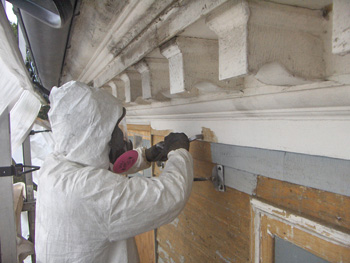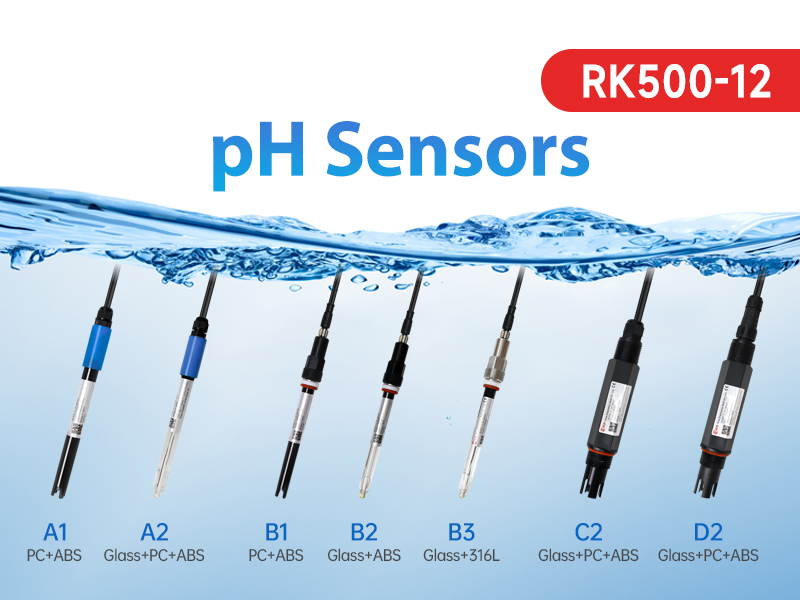Lead is a toxic metal that can pose serious health risks, especially for children and pregnant women. If your home was built before 1978, there’s a good chance it may have lead-based paint, lead pipes, or lead-contaminated soil, all of which can be hazardous to your health. Understanding lead removal Los Angeles CA methods and knowing when to seek professional help is essential for homeowners who want to protect their families from these dangers.
In this guide, we’ll walk you through the different aspects of lead abatement, from lead paint removal to addressing lead in pipes and soil. We’ll also highlight key steps for ensuring your home remains a safe and healthy environment.
Why Is Lead Removal Important?
Lead exposure is harmful, particularly when it is ingested or inhaled as dust or particles. It can lead to a variety of serious health issues, including developmental delays in children, high blood pressure, kidney damage, and reproductive problems. Common sources of lead exposure in homes include:
• Lead-based Paint: Found in homes built before 1978, lead-based paint is the most common cause of lead poisoning in the U.S.
• Lead Pipes: Older plumbing systems may still have lead pipes, which can contaminate drinking water.
• Lead-contaminated Soil: Lead particles from paint and old pipes can settle into the soil around your home, creating a lingering hazard.
Lead removal is necessary to reduce the risk of lead poisoning, but it must be done carefully to avoid releasing toxic dust into your home.
Lead Paint Removal: What Homeowners Need to Know
Why Is Lead Paint Removal Essential?
Lead paint removal is crucial if your home was built before 1978 and you suspect there is lead-based paint in your walls, windows, or trim. Lead-based paint is especially dangerous when it deteriorates, creating lead dust or chips. Small children and pets are especially vulnerable, as they might ingest or inhale this lead dust.
Methods for Lead Paint Removal
There are several methods for safely removing lead paint, each with its benefits and considerations. Here are the most common techniques used:
• Encapsulation: This method involves sealing the lead paint under a protective layer, often a special coating, so it can’t deteriorate and produce dust. While this is an effective short-term solution, it’s not a permanent fix.
• Sanding and Scraping: This method is less effective and can release lead dust into the air. It is not recommended unless you are experienced and use the right safety precautions.
• Chemical Stripping: This involves using a chemical solution to remove the lead paint. It’s more effective than sanding but still requires careful handling to prevent exposure to toxic chemicals.
• Abrasive Blasting (Dustless Blasting): This method uses a pressurized stream of abrasive materials to remove the paint without creating harmful dust. Dustless blasting is an excellent choice for thorough lead paint removal, but it requires special equipment and expertise.
• Heat Guns: These are used to soften lead paint, which can then be scraped off. However, heat guns can produce lead fumes, so they should be used with extreme caution and in a well-ventilated area.
When to Hire a Professional for Lead Paint Removal
If you’re dealing with a large area of lead-based paint or unsure of the best approach, hiring a lead abatement professional is highly recommended. Certified professionals have the necessary training, tools, and knowledge to safely handle lead paint and follow legal and safety protocols.
Lead Removal from Pipes: Ensuring Safe Drinking Water
Lead pipes were commonly used in plumbing systems in homes built before the 1980s. If your home still has lead pipes or lead solder in your plumbing system, the water coming out of your taps could be contaminated. Lead removal from pipes is critical for ensuring the safety of your drinking water.
How Does Lead Get Into Water?
Lead can enter drinking water when it leaches from lead pipes, lead solder, or plumbing fixtures made from lead. The risk increases when water sits in pipes for long periods or is more acidic, which can accelerate the leaching process. Lead exposure from water is particularly concerning because it can accumulate in the body over time.
Options for Lead Pipe Removal
The safest way to remove lead from your plumbing system is to replace lead pipes with safer alternatives, such as copper or PVC pipes. Here’s what you need to consider:
• Pipe Replacement: This is the most effective solution to eliminate lead from your water supply. A licensed plumber can replace lead pipes, ensuring your home is free from lead contamination.
• Water Filtration Systems: Installing a certified lead-removal water filter can help reduce lead levels in drinking water. However, this is not a permanent fix and does not address the root cause of the issue.
Lead Removal from Soil: Preventing Long-Term Contamination
Soil contamination with lead can occur over time as lead-based paint deteriorates, particularly around windowsills, doors, and porches. Lead particles from old pipes or from past use of lead-based pesticides can also contaminate your yard or garden.
How Do You Know If Your Soil Is Contaminated with Lead?
If you live in an older home or near a busy street, it’s a good idea to have your soil tested for lead contamination. Testing kits are available for homeowners, or you can contact local environmental agencies for assistance.
Methods for Lead Removal from Soil
Removing lead from soil can be challenging, but there are methods available to reduce contamination:
• Soil Excavation: One way to remove lead from soil is by digging up contaminated areas and replacing the soil with clean dirt. This is a labor-intensive process but can be effective in eliminating the risk.
• Soil Remediation: Another method is to treat the soil with a solution that binds to the lead particles and prevents them from leaching into the environment. This is a less invasive option and can help lower lead levels in the soil.
• Barriers: If the contamination is minimal, creating a barrier between the contaminated soil and areas where children play (e.g., planting grass or installing mulch) can help reduce exposure.
When to Call a Professional for Lead Abatement
Lead removal from paint, pipes, or soil should be handled with care. For significant contamination, or if you are unsure about how to proceed, it’s best to contact a lead abatement professional. Certified experts can assess the situation and ensure that all lead removal procedures are carried out safely, following environmental regulations and health guidelines.
Conclusion
Lead exposure is a serious concern, particularly in older homes. Whether you’re dealing with lead paint removal, lead pipes, or lead-contaminated soil, taking action is crucial to protect your family’s health.
While DIY lead removal might be tempting for some, the safest option—especially for large-scale lead removal projects—is hiring a certified professional who is trained in lead abatement. Professionals will ensure that the job is done thoroughly and safely, reducing the risk of exposure to toxic lead dust or particles.
By taking the necessary steps to address lead in your home, you can provide a safer environment for your family and reduce the long-term health risks associated with lead exposure. Remember, lead removal isn’t just about cleaning up—it’s about safeguarding your home for years to come. commercial sandblaster Salt Lake City UT




